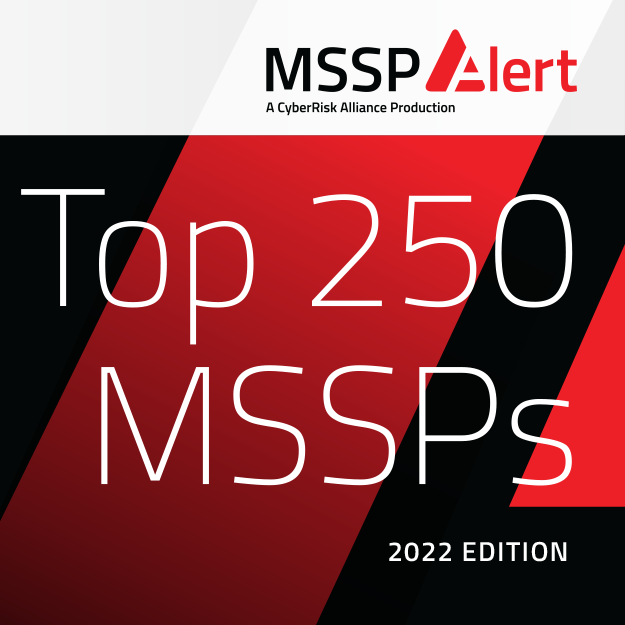All businesses rely on email. Although it’s not the most interesting technology solution out there, email is more of a necessity rather than something you might get excited about implementing for your company. Still, this does not lessen its importance, so you should give it the same care you would any other aspect of your business’ IT infrastructure.
We thought we would share a couple of tips for how you might adjust your business’ email server settings to improve security.
Activate Reverse DNS to Disrupt Spammers
A relatively simple and effective step you can take to disrupt spammers is to activate Reverse DNS Lookups on your email server. The majority of email messaging systems operate by using DNS Lookups as a way to check that the email address of origin actually exists before accepting an email. By implementing a Reverse DNS Lookup, your company’s SMTP ensures that the IP address matches the data submitted by the SMTP client. Anything that doesn’t match is rejected and stays out of your system.
Implement an SPF to Catch Compromised Sources
Another step you can take if you want to protect your email servers at work is to activate your Sender Policy Framework to prevent spoofed emails. Basically, your SPF will double-check to make sure that the MTA sending the message has permission to use the sender’s domain name. This isn’t foolproof, but it’s an added layer of protection that every company should implement.
Use a Local IP Blacklist to Take Direct Action Against Organizational Threats
The thing about spammers is that they tend to establish favored targets over time. They know that they only need one person within an organization to slip up and open an email so they can gain some form of access to the system. By keeping a local IP blacklist, you can outright block incoming emails from specific IP addresses. Now, many people say this requires a lot of resources and time, and they’re not entirely wrong. It’s hard to argue with results, though. Every time you block an IP, you are forcing spammers to open an entirely new channel if they want to continue to target your business.
Configure Your Mail Relay Options
You need to check your mail relay options while you’re working on your email servers. Even if you seem to have airtight security, your email relay can still be used to send out spam emails to other companies. Lock down your relay options so that your emails can only be sent on behalf of specific IP addresses and domains. That way, you don’t end up becoming a problem for another business out there.
Test Your Configuration
Just like you don’t want the first experience your IT team has dealing with a DDOS attack to be when a real one is underway, you want to see how your systems respond to different scenarios. Test out scenarios for spoofing emails, relaying emails from blocked IP addresses, and more. You can find vulnerabilities on your own rather than facing a crisis because you never checked how the systems function.
Setting up your email servers for security can be rather difficult. However, you have several options for securing your servers like the ones we have discussed here. It is important to remember that you are not alone in this fight. You can easily reach out to one of our specialists at WheelHouse IT and bring them into your workplace to help you get settled.












